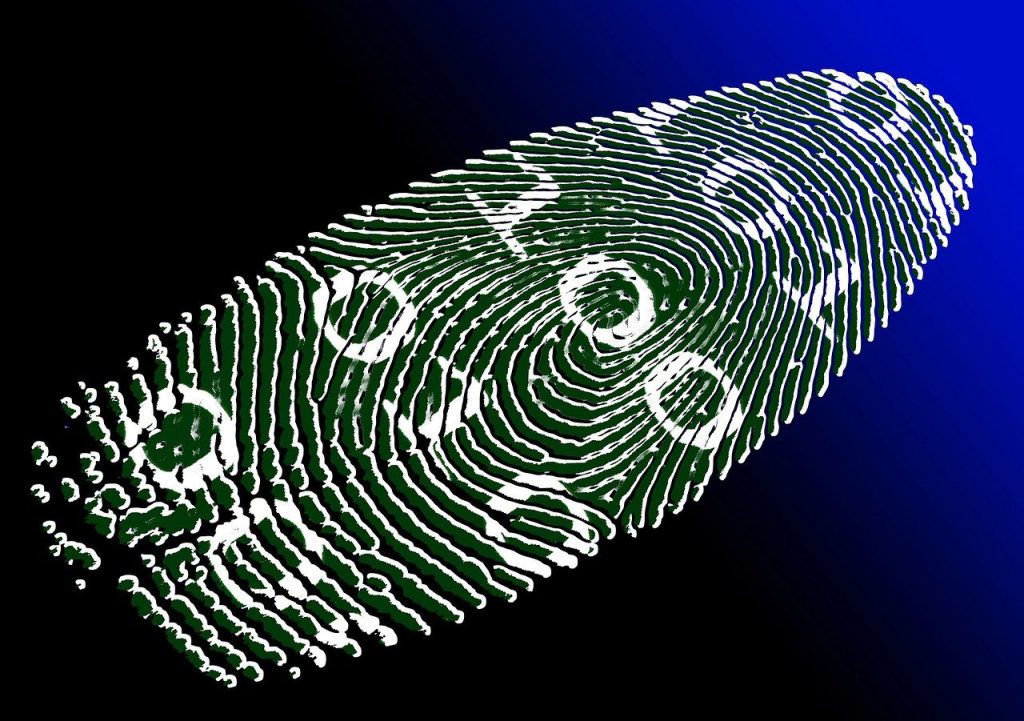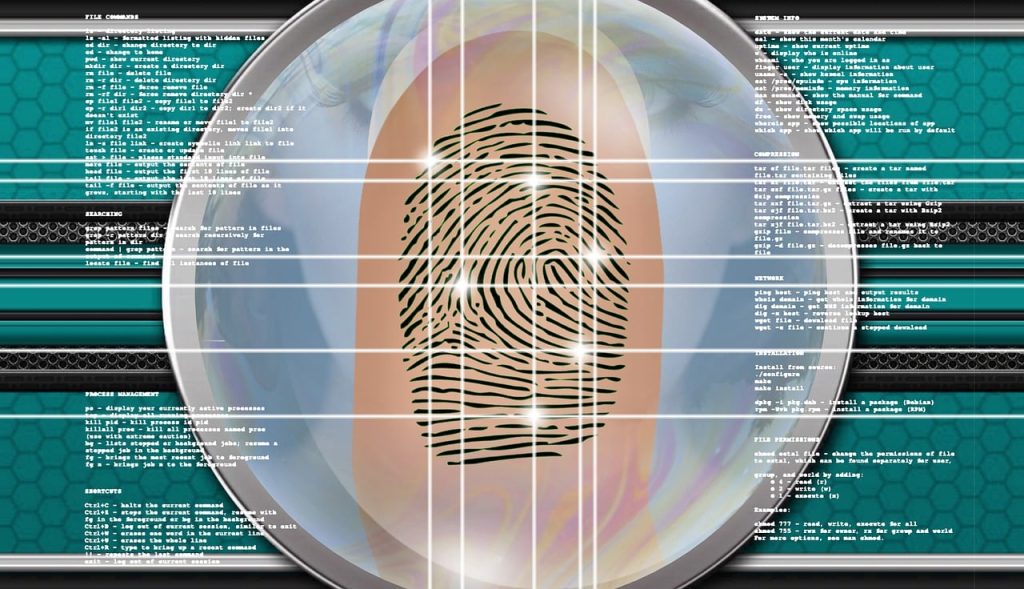In today’s security-conscious world, businesses and organizations are increasingly turning to biometric control systems to safeguard their physical spaces and digital assets. But what exactly are biometric control systems, and how do they work?
The Power of “Who You Are”?
Biometric control systems rely on unique biological characteristics to identify individuals. These characteristics can include fingerprints, facial features, iris scans, voice patterns, or even hand geometry. Unlike traditional access control methods, which rely on “what you have” (a keycard) or “what you know” (a password), biometrics leverage the inherent traits of a person, making them much more difficult to forge or share.

Unlocking a World of Benefits
Biometric control systems offer a multitude of advantages over traditional methods:
- Enhanced Security: Biometric identifiers are unique to each individual, making them highly secure and resistant to unauthorized access.
- Convenience: No more fumbling for lost keycards or remembering complex passwords. Biometric systems offer a touchless and convenient access experience.
- Improved Accuracy: Biometric technology provides a more accurate way to identify individuals, reducing the risk of unauthorized access due to lost or stolen credentials.
- Streamlined Access Control: Biometric systems can integrate with existing security infrastructure, offering centralized access management and real-time monitoring.
- Reduced Administrative Burden: Eliminates the need to manage and replace lost or stolen keycards.
Beyond Security: Exploring Applications of Biometric Control Systems
The applications of biometric control systems extend beyond physical access control. Here are some examples:
- Time and Attendance Tracking: Biometric systems offer a more accurate and efficient way to track employee work hours, eliminating the possibility of buddy punching.
- Logical Access Control: Biometric authentication can be used to secure access to computer systems, sensitive data, and other digital resources.
- Financial Transactions: Biometric verification can be used to authorize financial transactions, adding an extra layer of security to online banking and payments.
While Biometric Control Systems offer significant advantages, there are some factors to consider:
- Cost: Biometric systems can be more expensive to implement compared to traditional methods.
- Privacy Concerns: There are ongoing discussions regarding the collection and storage of biometric data. Implementing these systems requires a commitment to data privacy and adherence to relevant regulations.
- System Accuracy: No biometric system is perfect. False positives and negatives can occur, and the accuracy of the system depends on various factors.

The Future of Biometric Security
Biometric technology is constantly evolving, offering even more sophisticated and secure identification methods. As technology advances and security threats become more sophisticated, biometric control systems are poised to play a vital role in safeguarding our physical and digital worlds.
Whether it’s securing your office building, protecting sensitive data, or streamlining time and attendance tracking, Biometric Control Systems offer a powerful and convenient solution for businesses and organizations of all sizes. By carefully weighing the benefits and considerations, you can determine if a Biometric Control System is the right fit for your security needs.


